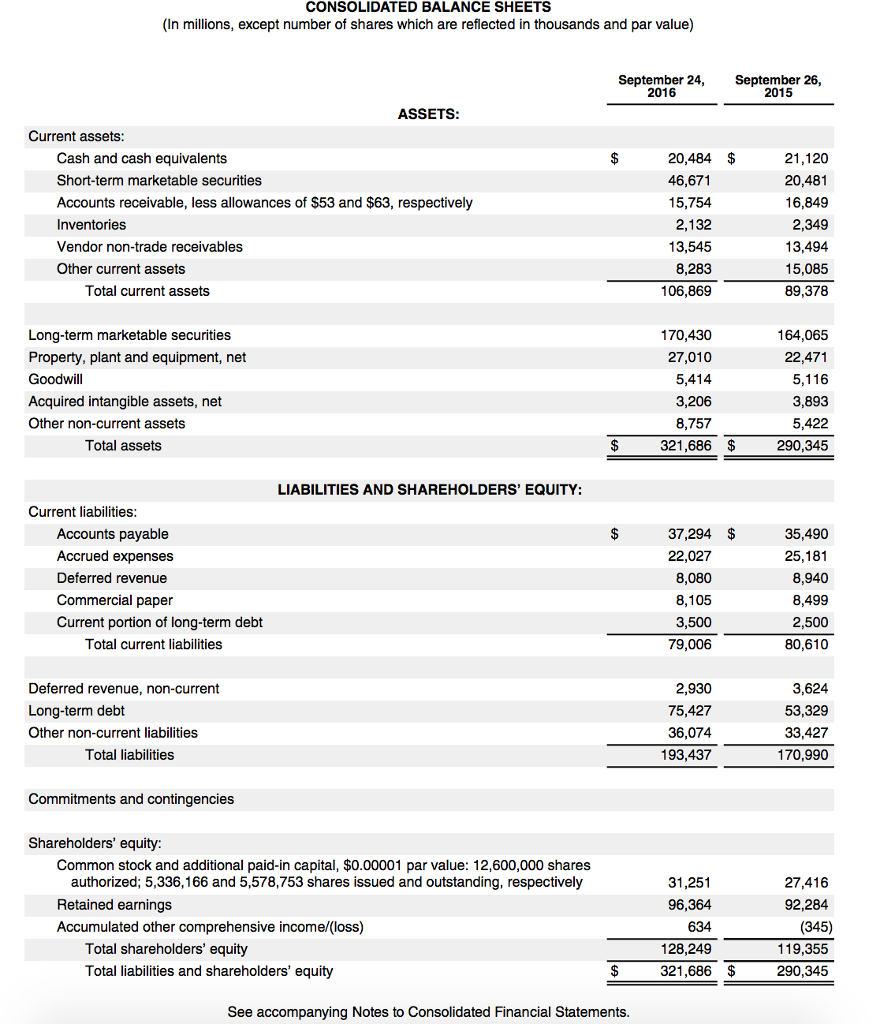

That deal fell through as Sharp’s finances deteriorated. Sharp has also been the object of an intended investment by Foxconn. Sharp is a key supplier of screens to Apple but is also in financial distress.

The question is what was it spent on and why did it not go through the cash flow statement?Ĭircumstantial evidence points to the asset being production equipment (or even a whole plant) previously owned by Sharp. We saw the surge in spending in FQ4 from the gross asset value change data. There is evidence that at least some of the $2.3 billion over-budget was unanticipated and came late in the year.

With this splurge in mind it’s necessary to think about that second noteworthy point above. 2012 spending on M&E (and Land) was up 138% sequentially and nearly seven times the level of three years ago. Apple overspent in 2012 more than it spent overall two years earlier. When seen in this historic context, the increase of 2012 is even more dramatic. I then suggest that 2013 will be at 18%, same as in 2011. 2011 came in at 18% over and 2012, as already noted, was 34% over budget. The under-spending situation of 2009 was made up for during 2010 with over 45% extra spending. The recession of 2008/2009 might have had something to do with that. Note that 20 were either on target or below target. The percent over/under budget (percent difference between green and blue bars above) is shown below: I included the forecast for 2013 ($9.15 billion) and added 18% to estimate 2013 actual spend. The historic budgeting for Machinery & Equipment (+Land & Buildings) is shown in the following graph: So it’s important to note that the company spent a great deal more (one third more) than expected and paid for some of the acquisitions through uncharacteristic or unorthodox means. What this implies is that much of the “over-spend” was not paid for though cash and since no new debt was booked it’s likely to have been paid for through some form of vendor financing. This is a curious situation which was not highlighted in previous 10 K reports. The cash payments for capex were $2 billion lower than expenditures.The $2.3 billion spending over expectations amounts to 34% of forecast. As no major real estate assets were acquired (change in those assets was $380 million, less than 2011 or 2010) the “deficit” in budgeted expenditures can be attributed entirely to product tooling and manufacturing process equipment. Retail was planned at $900 million and actual was $865 (an under-spend of $35 million). Nearly all of the over-spending was for “product tooling, manufacturing process equipment and infrastructure”. Expenditures overall were $2.3 billion higher than forecast.There are two points that need to be highlighted: The Company’s actual cash payments for capital expenditures during 2012 were $8.3 billion. The Company’s capital expenditures were $10.3 billion during 2012, consisting of $865 million for retail store facilities and $9.5 billion for other capital expenditures, including product tooling and manufacturing process equipment, and other corporate facilities and infrastructure. The Company anticipates utilizing approximately $8.0 billion for capital expenditures during 2012, including approximately $900 million for retail store facilities and approximately $7.1 billion for product tooling and manufacturing process equipment In October 2011 the company forecast was as follows: I’ve been tracking this data as an indicator of both strategic intent and potential forecasting tool for iOS device production.īefore exploring Apple’s own forecast, we should look at how they met expectations for fiscal 2012. The latest yearly report from Apple includes, as it has in the past, the forecast of Capital Expenditures.


 0 kommentar(er)
0 kommentar(er)
